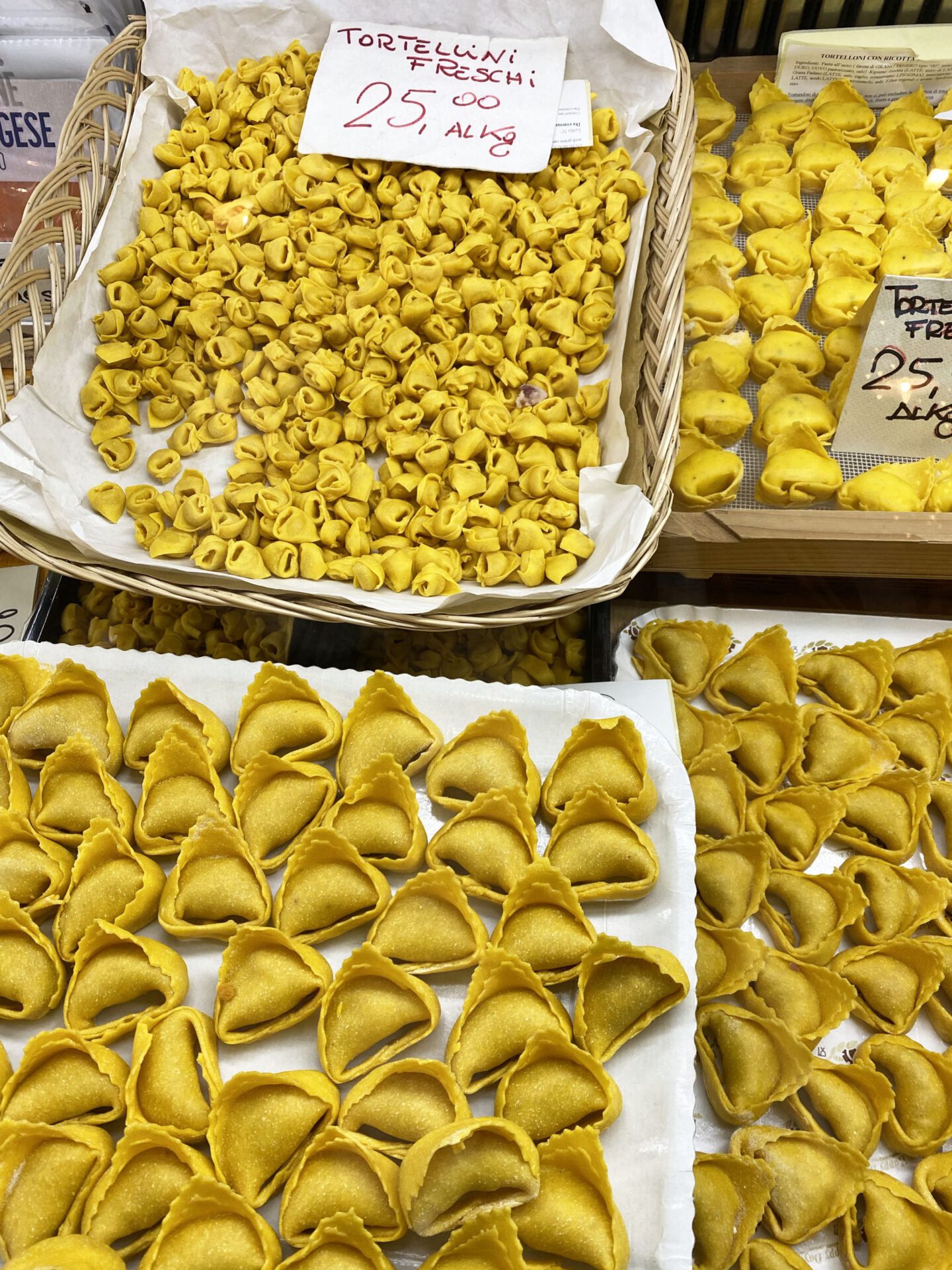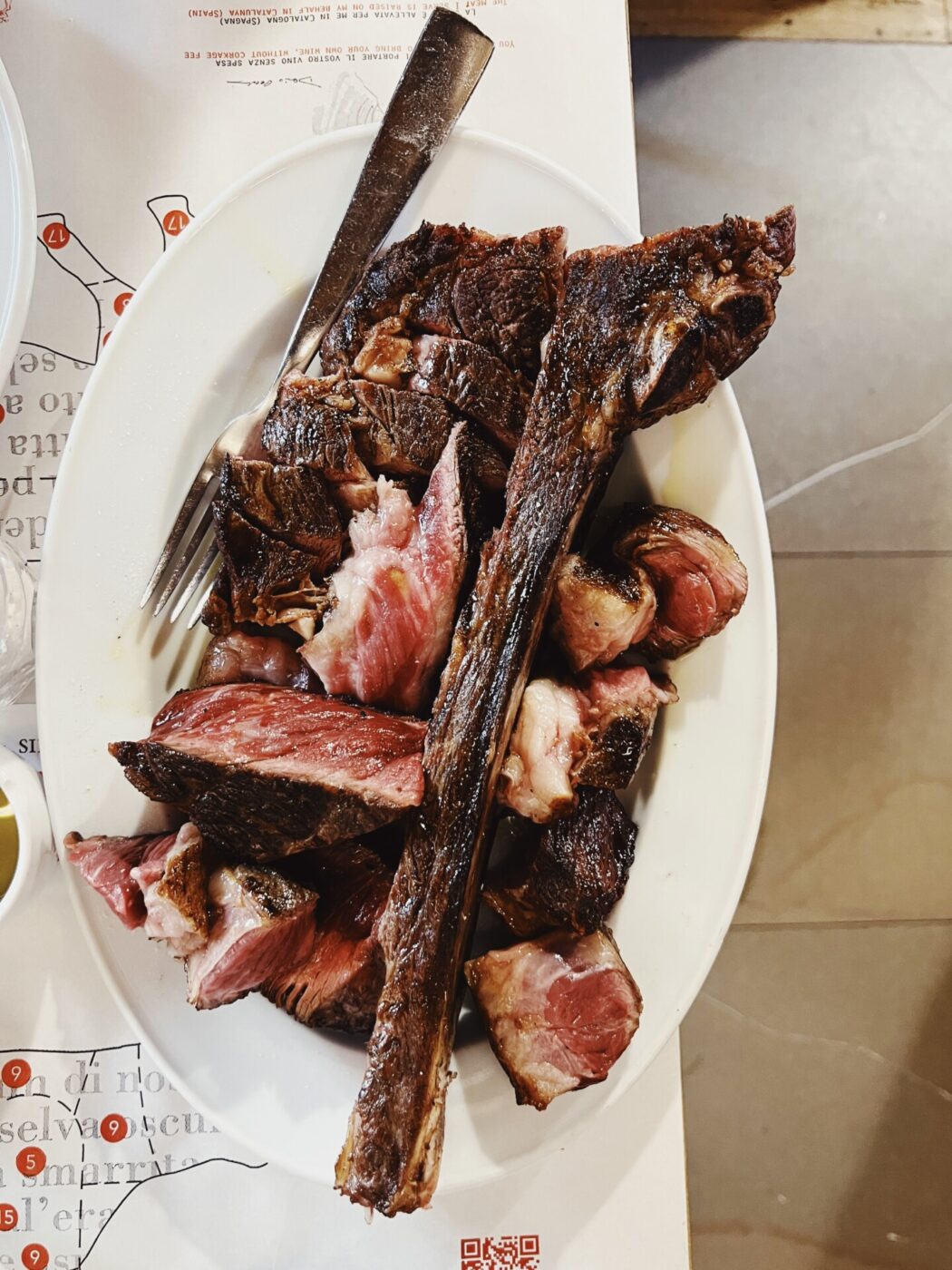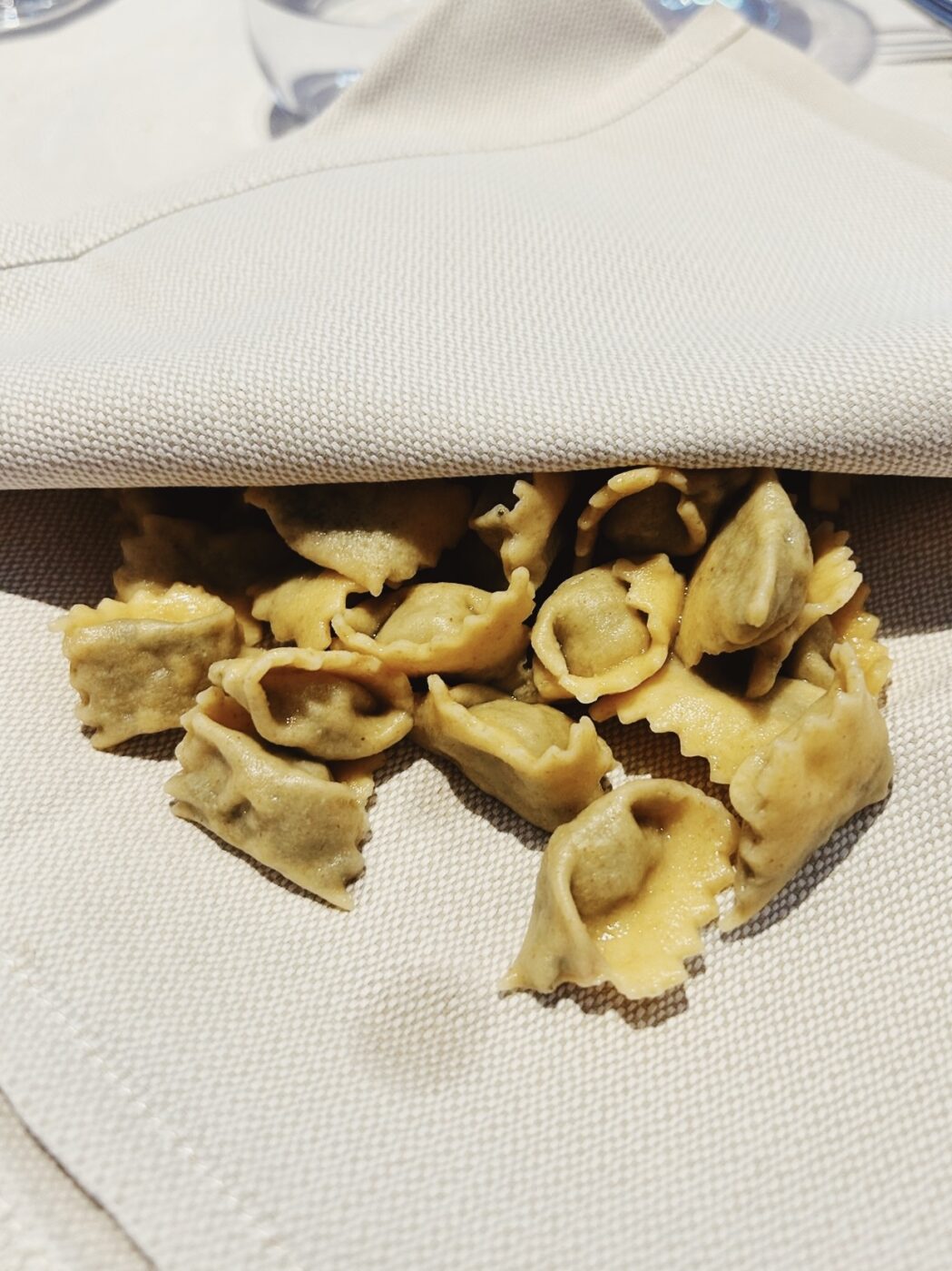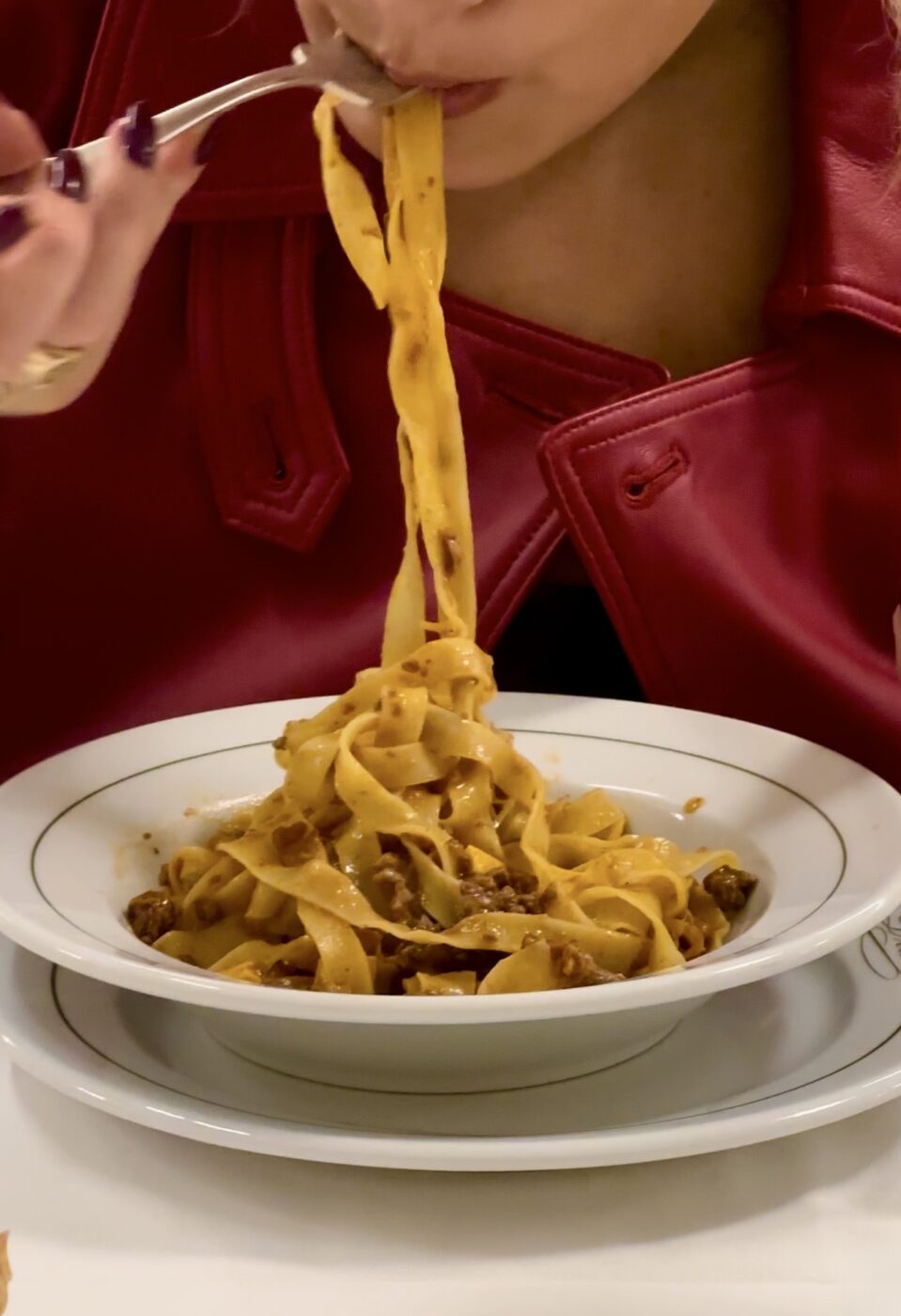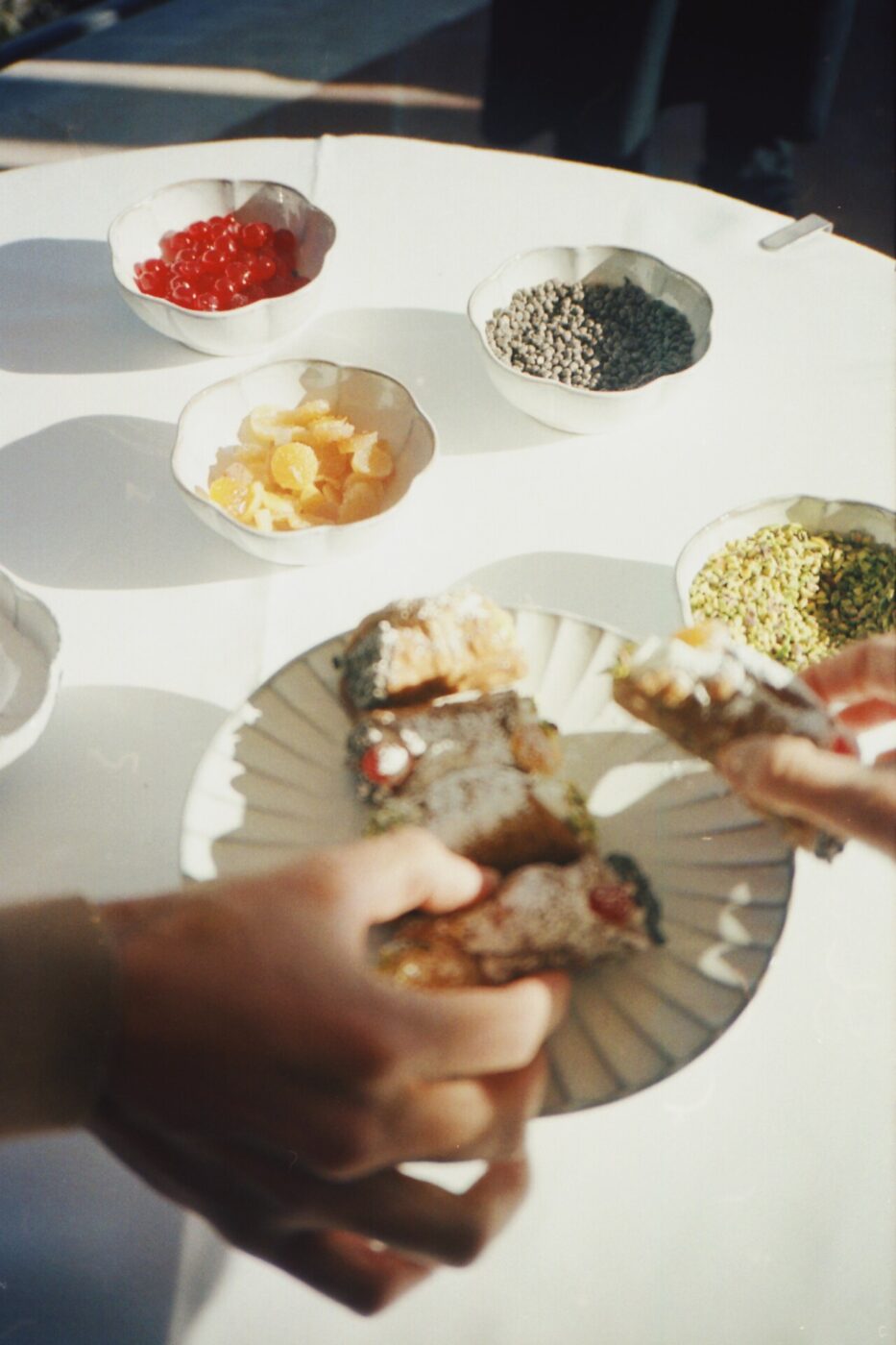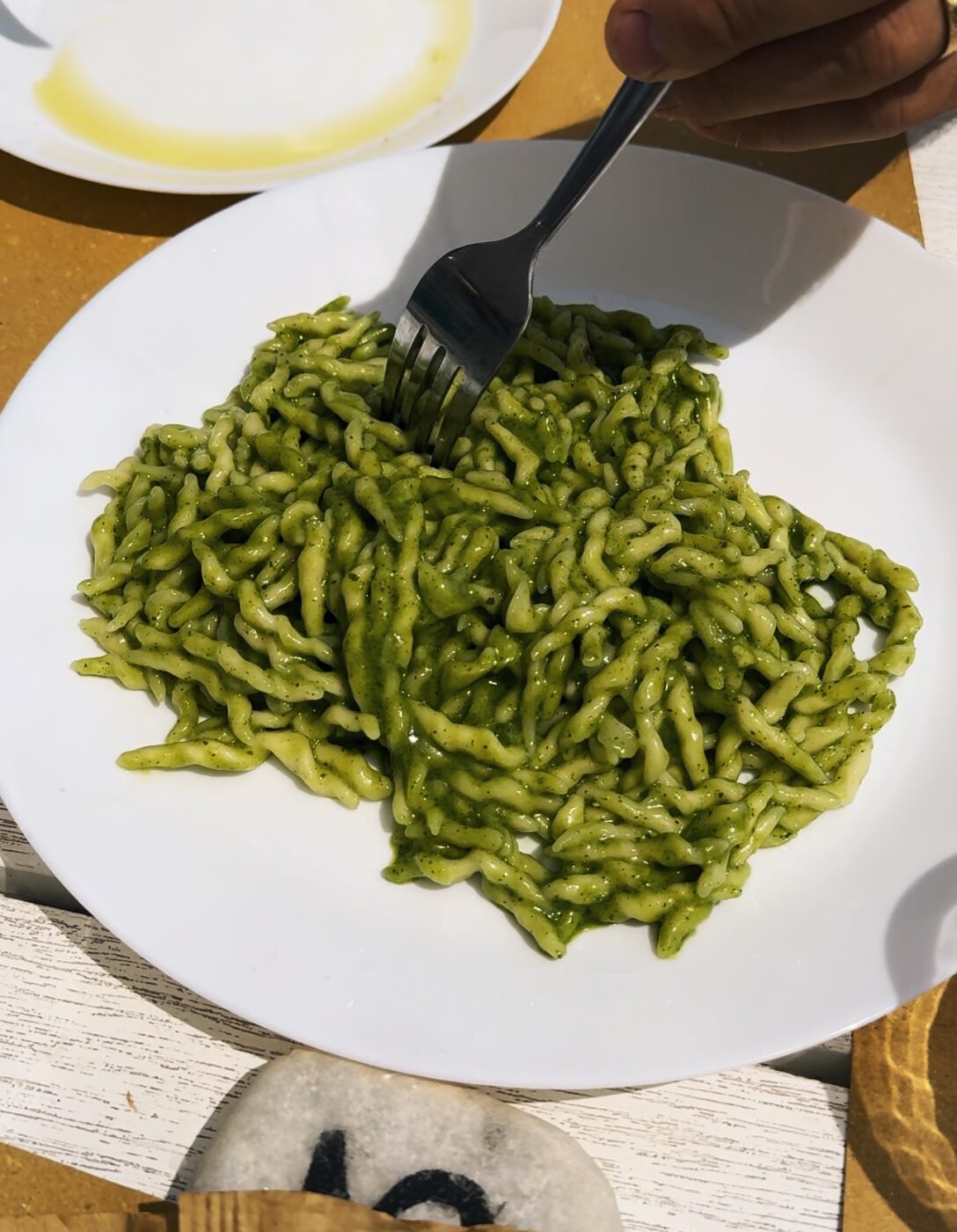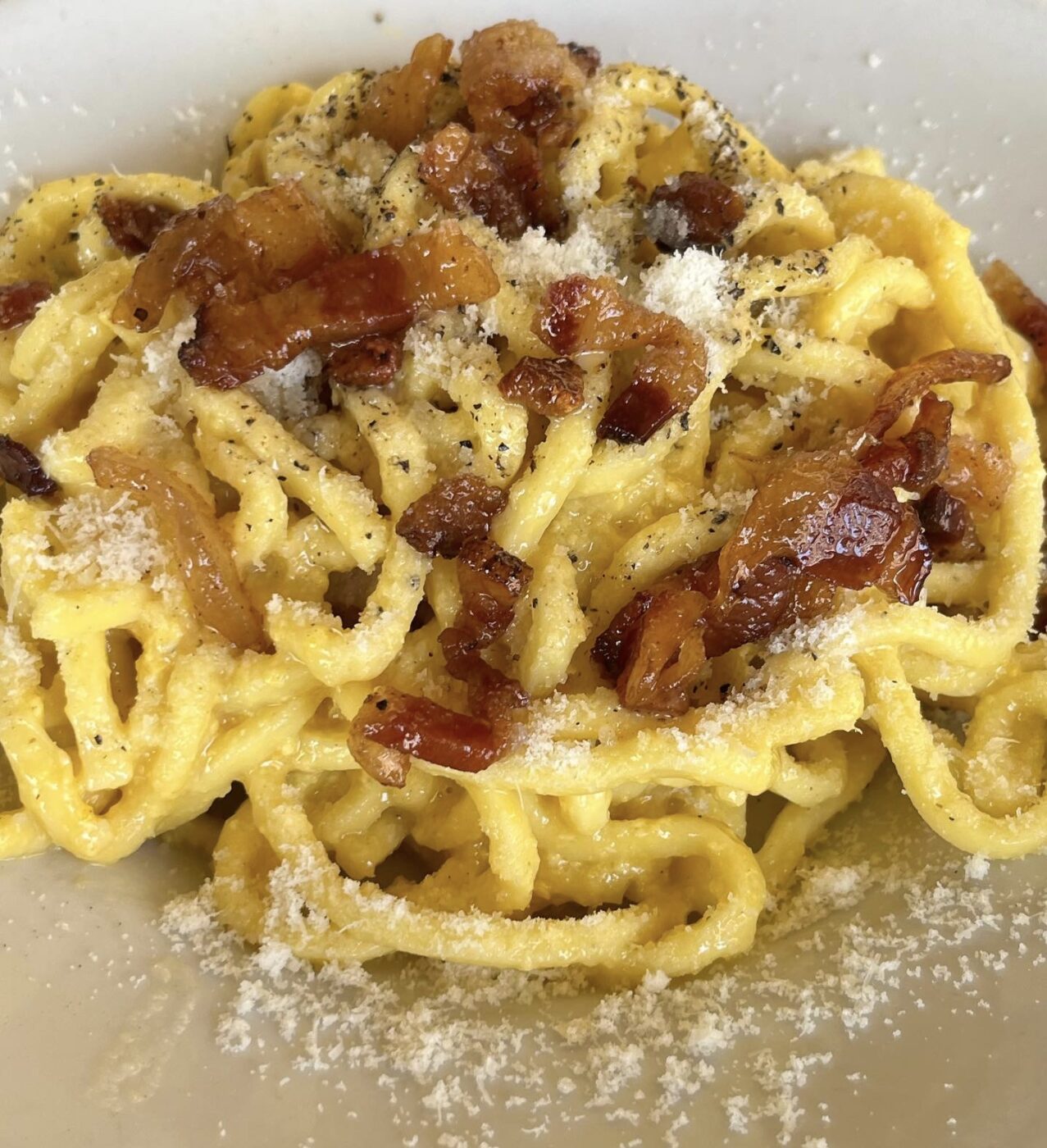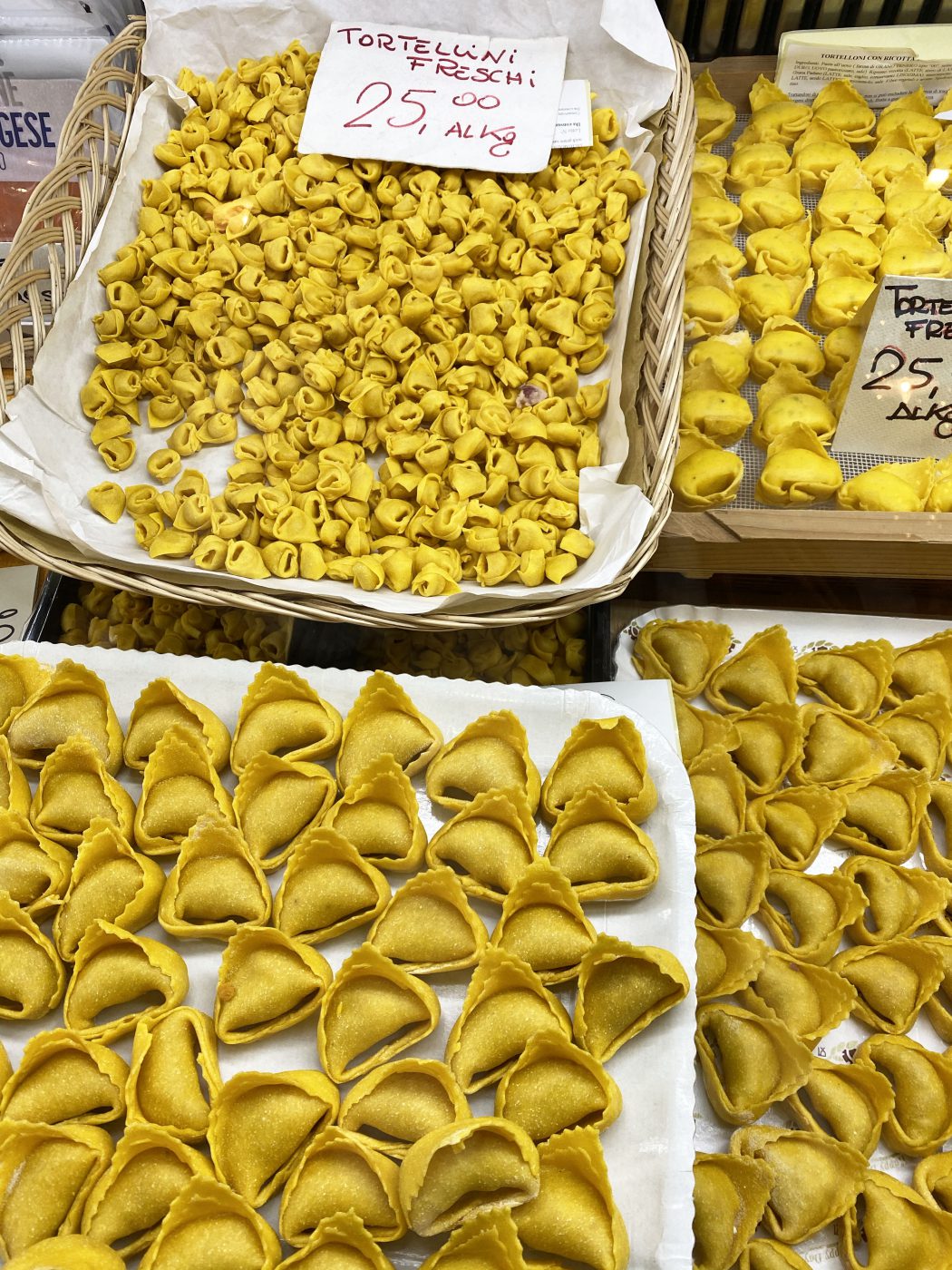Art, millennia of history, architecture, the lakes, the coast, the islands, the mountains. The cities, the towns. The natural wonders, the heritage sites, the monuments. The list of reasons to visit or at least dream about Italy is… long. But one rises above all else: the food. Dreams of carbonara at my favorite trattoria in Rome literally keep me up at night. The silkiness of the egg sauce! The bite in the pasta! The crunch of that guanciale! The saltiness of the Pecorino Romano! But to eat it again, I can’t just head over to Italy: there’s nowhere else to go but Rome. As you may already know, Italian cuisine is not homogenous, but regional and reveals the intricacies of tradition, geography, and socioeconomic history within regions, or even from town to town. What you can find in the Piedmont, for example, is a far cry from that of Puglia; in the former, for instance, you’re more likely to find egg-based pastas like tajarin, vestiges of a more affluent past, while the latter relies on pastas made from just semolina and water.
Here, a must-not-miss dish in each of the 20 regions for a taste of Italy’s territorial culinary diversity. As you might guess, it was difficult (borderline heartbreaking!) to select just one per region. Even so, these choices don’t fully represent the variety of each region–they are my essential dishes, and some of the most popular from around Italy–but provide an entry point to understanding the variation found within our borders. To truly understand Italy’s foodscapes, however, you have no choice but to travel to each region yourself and eat, eat, eat!
Tuscany
Bistecca alla Fiorentina
This cut of (usually Chianina) beef looks like a large T-bone steak, and, in many Tuscan restaurants, you’ll be shown the raw piece before it’s put on the grill. Enormous, it’s usually shared between two and served rare to medium rare.
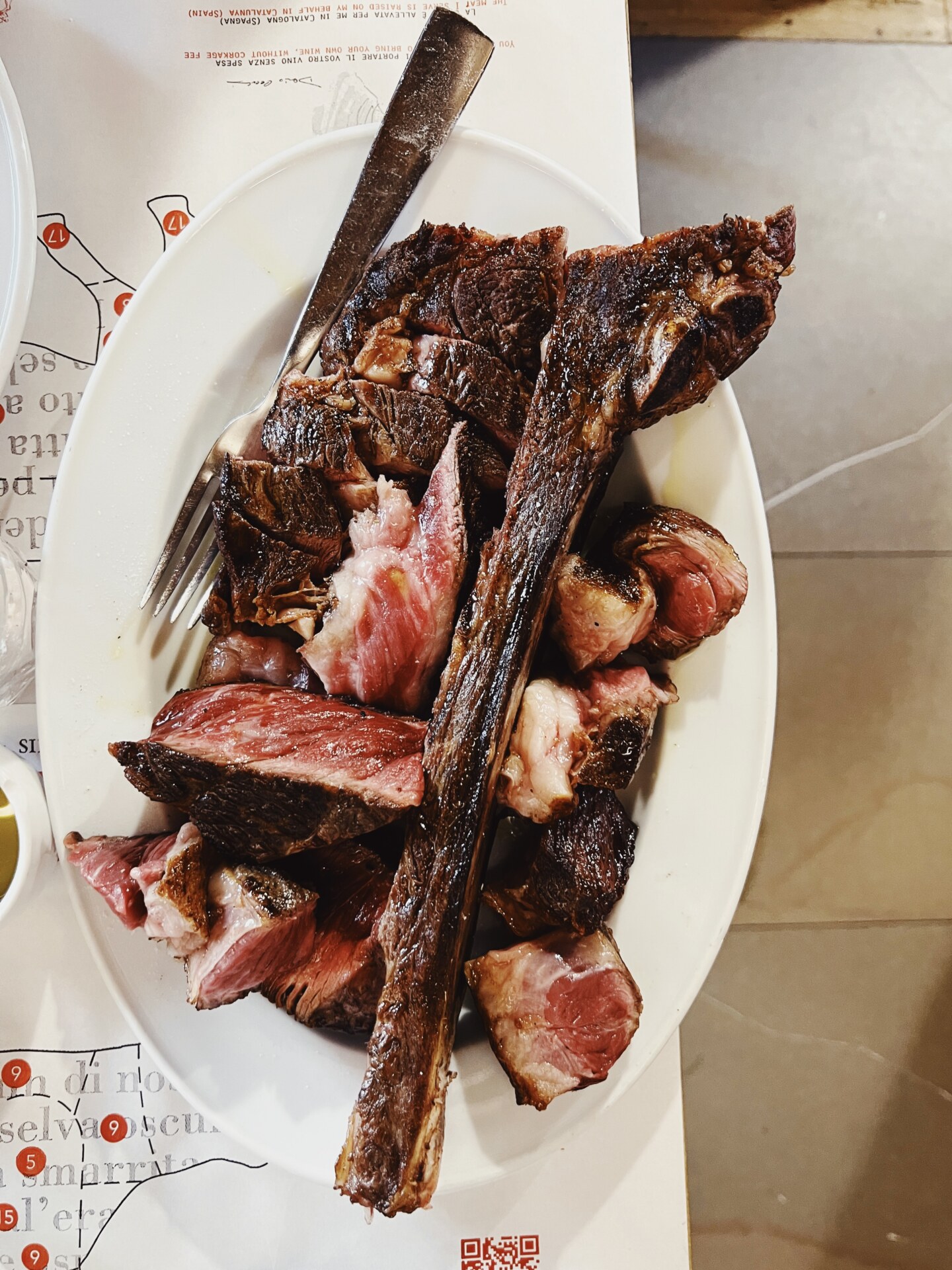
Abruzzo
Pallotte cacio e ova
One of central Italy’s finest examples of the humble cucina povera, this traditional dish brings bread, cheese, and eggs together like a meatball. They are then fried and cooked in tomato sauce.
Veneto
Tiramisù
The classic coffee-soaked savoiardi (lady fingers) covered in sweet mascarpone is the perfect “pick me up” (as the name suggests). While it has Venetian origins, it’s probably the world’s most widely enjoyed Italian dessert.
Campania
Sfogliatella
Pizza was too obvious! I can’t get enough of the sfogliatella pastry filled with ricotta and candied citrus. The “frolla” has a smooth crust and, my preference, “riccia” resembles lobster tail pastries.
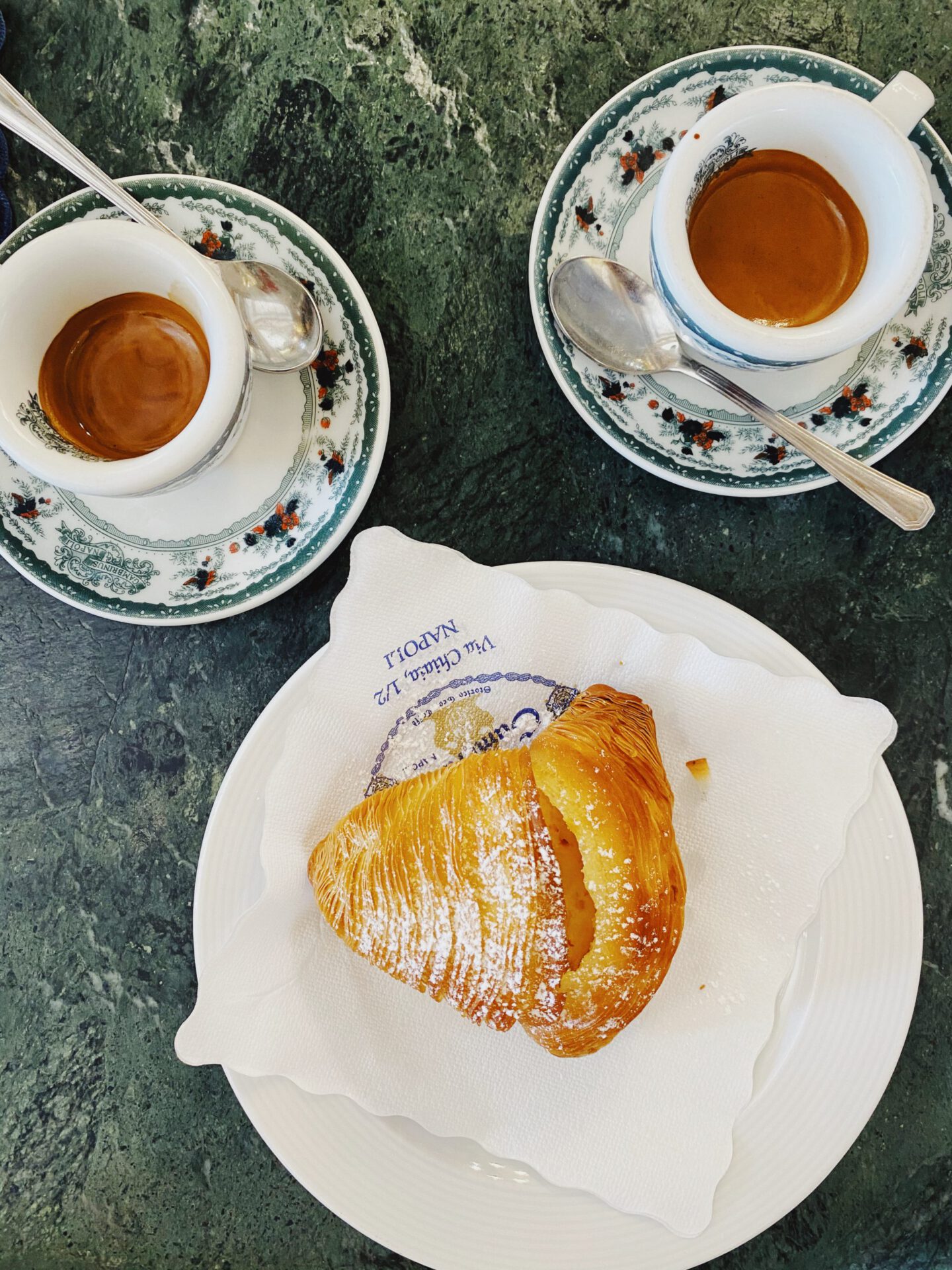
Puglia
Orecchiette con le cime di rapa
Representative of Puglia’s cucina povera past, this ear-shaped pasta is most often served with bitter broccolini or turnip tops. Head to Bari to see older women sitting out front their homes making the pasta from scratch.
Basilicata
Pasta Mollicata “Ammuddicata”
This heartwarming pasta dish is simplicity at its best. Pasta, usually bucatini, is served with breadcrumbs made from stale bread, garlic, anchovies, and olive oil. Variations often include peperoncino, tomato, and even a splash of red wine.
Piedmont
Agnolotti del Plin
The name plin comes from the Piedmontese word for “pinch”, and these teeny tiny pastas are made by “pinching” together two thin pieces of dough filled with either roasted meat or an herby cheese. Order them with burro e salvia, arrosto (with the meat jus), or the traditional way–al tovagliolo, served simply in a napkin.
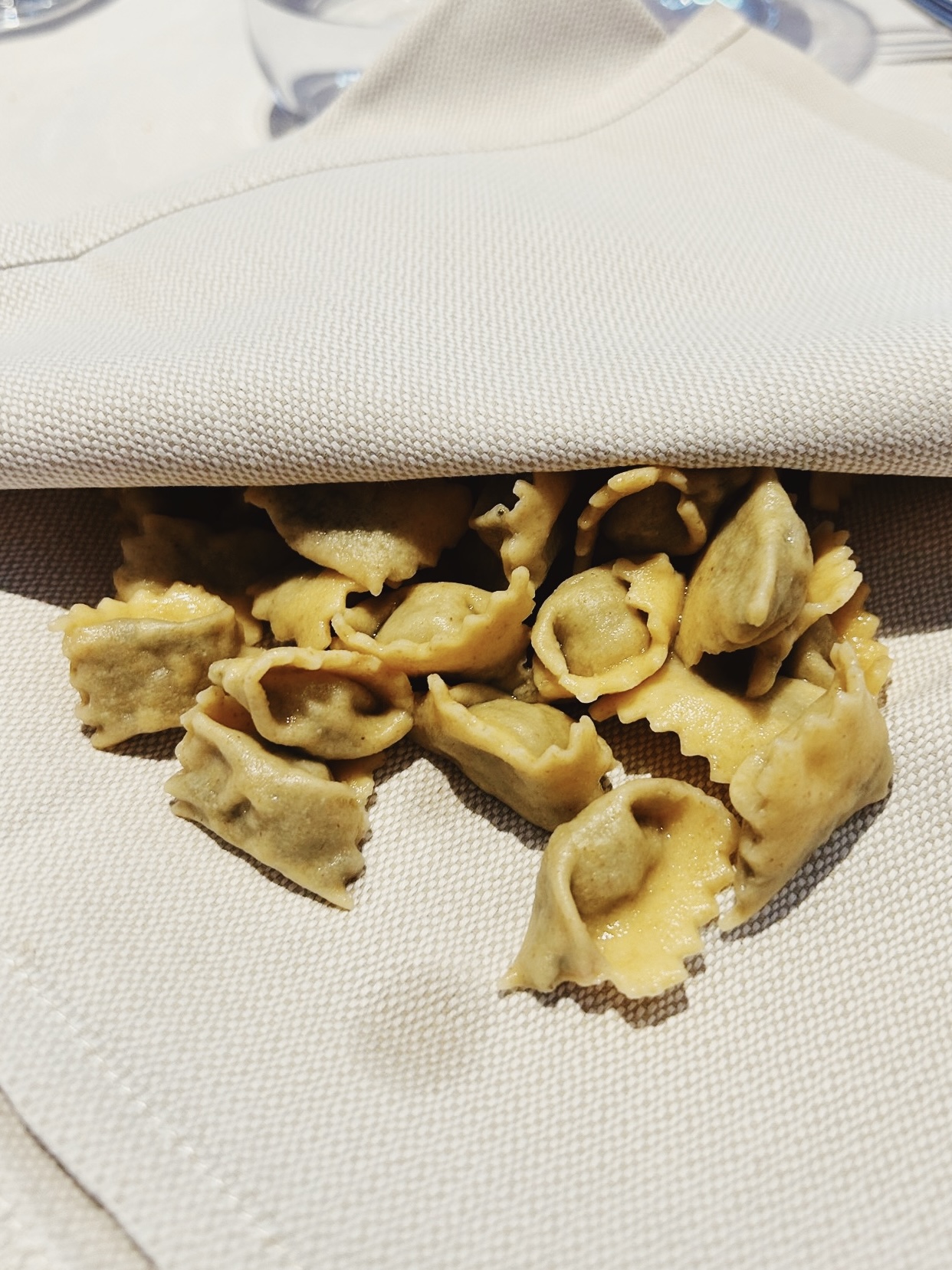
Agnolotti del Plin
Molise
Caciocavallo di Agnone
Produced in Agnone and some surrounding towns, this sheep’s milk cheese has been produced for centuries. After an initial 20 days of aging, it’s left to mature for at least three months in natural caves.
Emilia Romagna
Tagliatelle al ragù
While the world famous “spaghetti bolognese” is not a traditional Italian dish, here you can try the real deal: thick, fresh cut noodles with a hearty, long-cooked meat sauce. (Emilia Romagna has a knack for pastas: tortellini in brodo and the region’s luscious lasagne came in close second and third!)
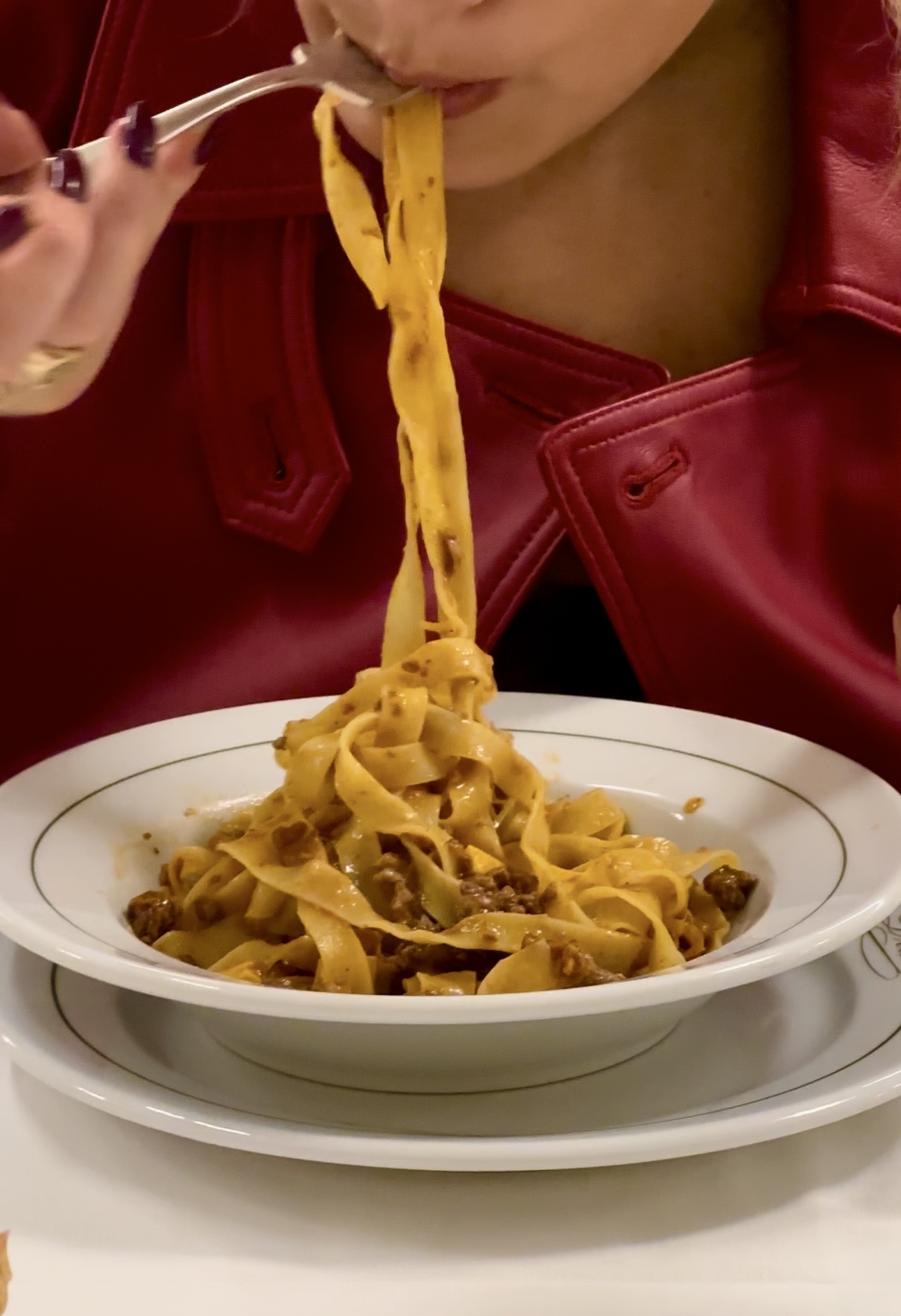
Sardinia
Seadas
Deep fried. Cheese. Pastry. Honey. This traditional sweet is filled with Sardinian pecorino cheese and, when it comes out of the fryer, drizzled with local honey. It’s the perfect marriage of crispy, salty, and sweet.
Sicily
Cannolo siciliano
The Sicilians sure know their way around a sweet! They fill their crispy cannoli shells with sweet, creamy ricotta and sometimes top them with pistachio or candied fruit.
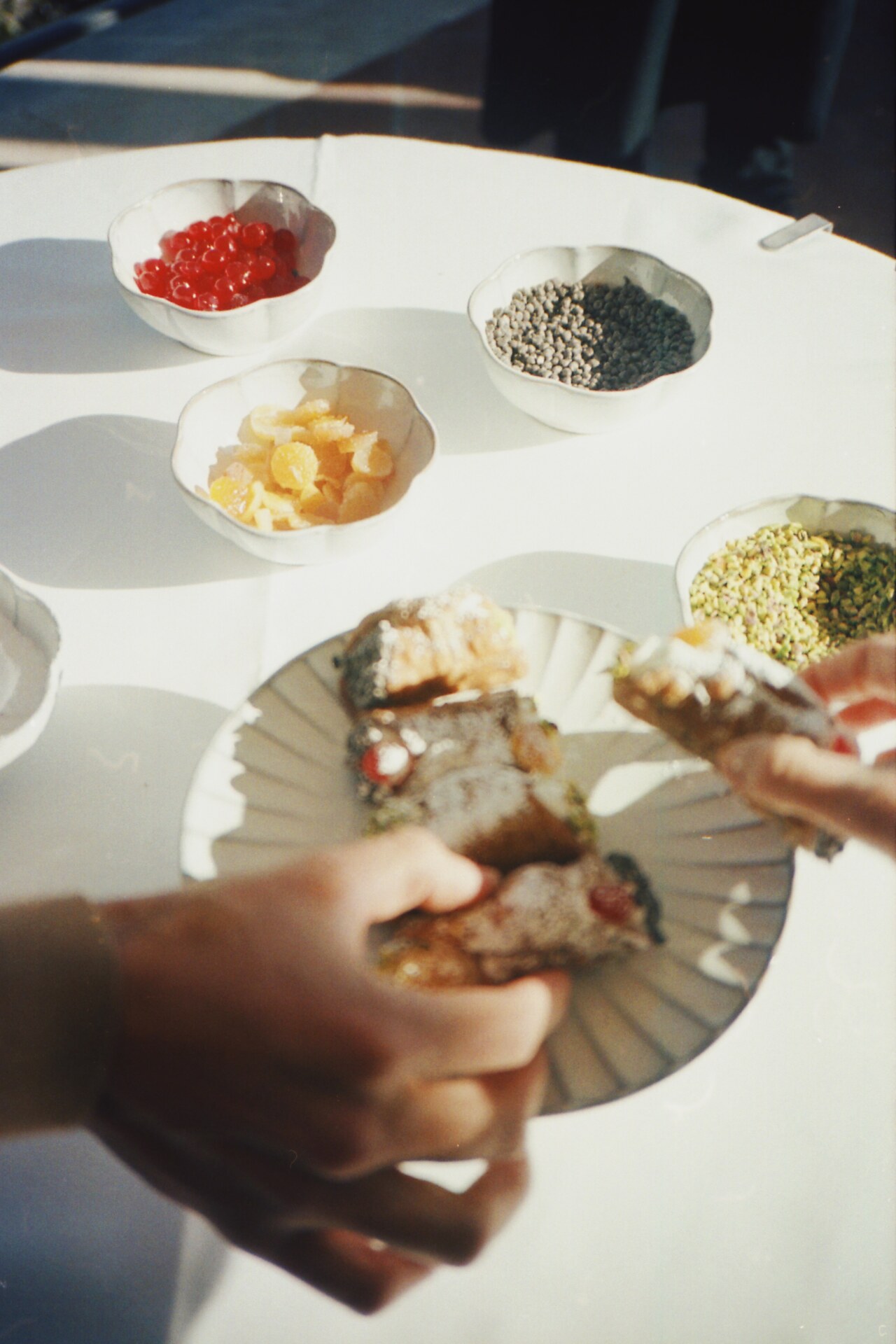
Lombardy
Risotto
This creamy rice dish is one of Italy’s best comfort foods (and an underrated member of the primi category elsewhere in Italy). Its velvety texture is achieved through slow-cooking Arborio or Carnaroli rice in a flavorful broth. The golden Risotto Milanese–a creamy, saffron-infused rice, made with bone marrow and a handsome quantity of Parmigiano–is one of the most luxurious versions.
Umbria
Salumi
Especially around the Norcia area, the region has a long history of salumi making. It’s where the term Norcineria comes from, referring to ancient artisanal curing of meats. Try all the pork cuts from prosciutto (leg ham) to capocollo (cured pork neck) to the most famous corallina salame–made with lean pork and large cubes of lard, and flavored with pepper and garlic.
Liguria
Pesto Genovese
There are different variations of pesto around the country: Sicily’s pesto Trapanese features sun-dried tomatoes, almonds, garlic, and fresh herbs, while pesto Calabrese incorporates ingredients like roasted red peppers, sun-dried tomatoes, hot chili peppers, and often ricotta salata. But the reigning version is undoubtedly pesto Genovese, a sharp mixture of fresh basil, pinenuts, extra virgin olive oil, garlic, Parmigiano Reggiano, and pecorino. Try it on the region’s trofie.
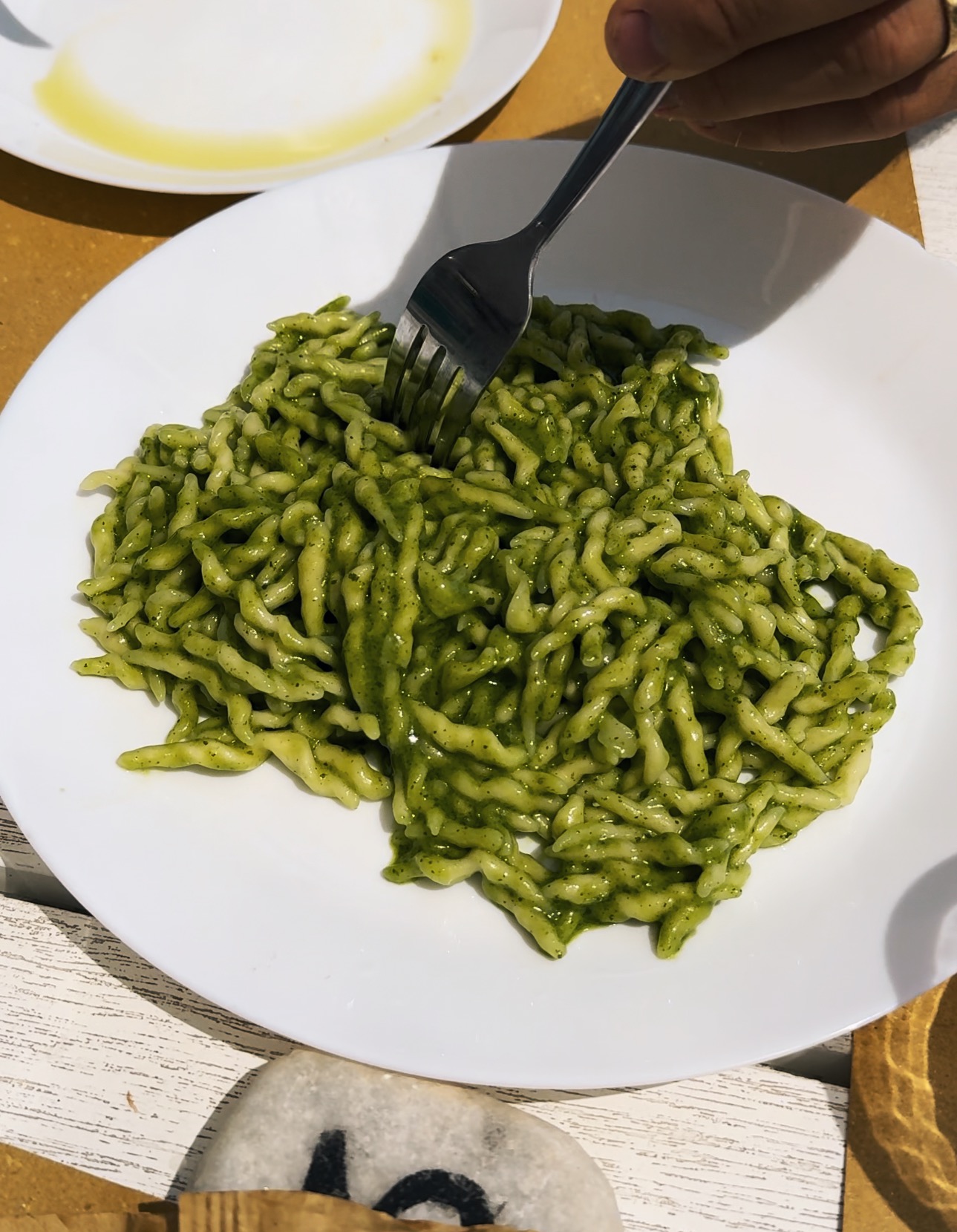
Strozzapreti al pesto
Friuli Venezia Giulia
Polenta Friuliana
While pasta and rice are also popular, here locals are pretty fond of their polenta. The humble corn-based dish is sometimes served with another regional specialty called frico, a crunchy Montasio cheese fritter.
Lazio
Carbonara
It would be a crime to leave Rome without having feasted on carbonara. Here, spaghetti or rigatoni (a fight-inducing choice) are laden with a silky egg, Pecorino Romano sauce, and crispy guanciale (pork cheek). They don’t make it like this anywhere else in the world: if you haven’t eaten one in Rome, you haven’t eaten one at all!

Bucatini alla Carbonara, according to Sophia's recipe
Calabria
‘Nduja
Best described as a chili-spiced pork spread, ‘nduja is usually eaten on bread and can even be found in pasta dishes. Found across the region, the most famous is the one made in Spilinga in the Vibo Valentia area.
Valle d’Aosta
La fonduta
When you think of cheese fondue, you may think of Switzerland. And this region shares a border so you’re not wrong. Here they use a local cheese, and it’s northern alpine cooking at its best.

'Nduja
